Dutch researchers present a new theoretical model to explain the better than expected power conversion efficiencies reported for organic solar cells.


Dutch researchers present a new theoretical model to explain the better than expected power conversion efficiencies reported for organic solar cells.
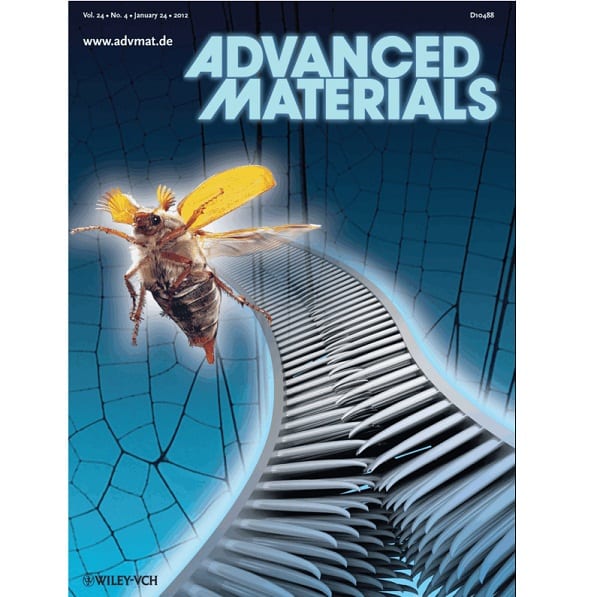
Korean scientists present a new interlocking material based on the mechanism beetles use to lock away their wings.

A hemostatic material for field dressings in emergency wound treatment is made by layer-by-layer deposition of thrombin and tannic acid.
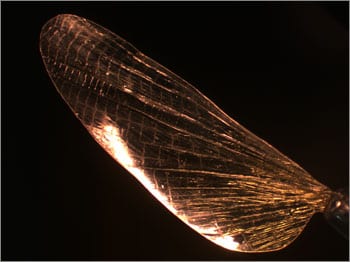
A laminar composite of two common biomaterials – shrimp shells and silk – could be useful for packaging and biomedical applications.
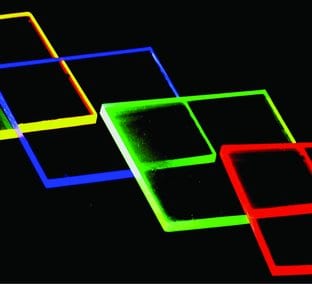
Luminescent solar concentrators might hold the key to turning everyday building components into energy-generating devices.
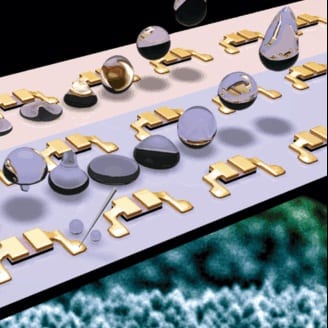
The development of nanostructured ZnO components for devices could lead to inherently waterproof electronic devices.
When we say nanoscience, what do we really mean? And where’s all the research on nanoscale properties and materials coming from?
Carbon nanotubes have the potential to unlock effective treatments for that most delicate of systems – the mammalian central nervous system. But conflicting studies and reports on potential toxicity underline the need for careful, standardized, and thorough research protocols.
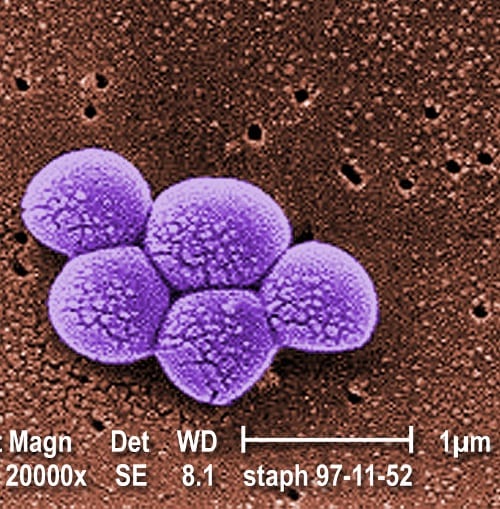
With secondary infections from drug-resistant bacteria a real concern in hospitals worldwide, MIT scientist report a breakthrough that might be able to effect both prevention and cure.
As Impact Factor fever sweeps the academic world, we take a closer look at Impact Factors in general, and the performance of Advanced Materials in Impact Factor 2009. No vuvuzelas or video technology allowed…